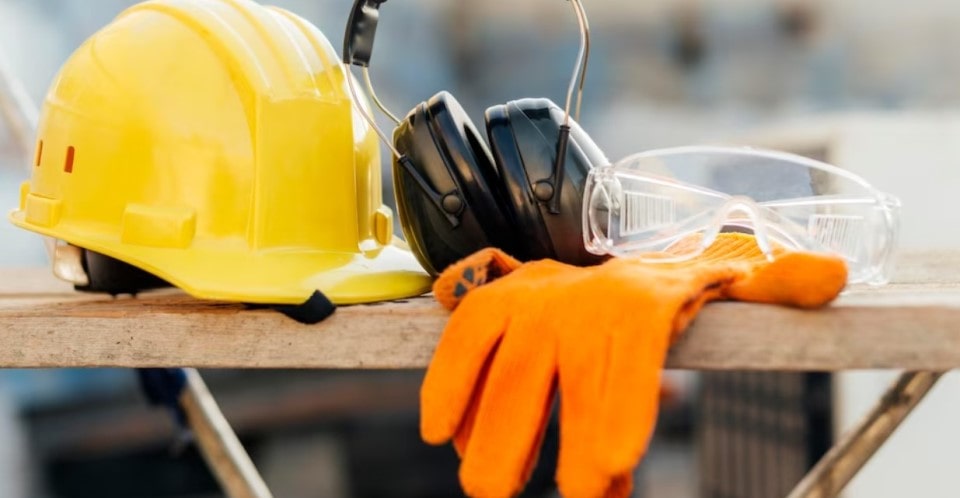Safety gear is a crucial line of defense in protecting workers from workplace hazards. However, simply providing safety gear is not enough. Regular maintenance and proper inspection are essential to ensure the longevity and effectiveness of the equipment. In this blog post, we will explore best practices for maintaining and inspecting safety gear, providing valuable insights for employers and workers to enhance workplace safety.
- Importance of Safety Gear Maintenance: Explain why regular maintenance is crucial for safety gear. Discuss how wear and tear, environmental factors, and exposure to hazardous substances can affect the performance and integrity of safety gear. Emphasize that regular maintenance extends the lifespan of the equipment and ensures optimal protection for workers.
- Create a Maintenance Schedule: Recommend the creation of a maintenance schedule to ensure consistency and accountability. Discuss the importance of setting specific intervals for inspecting and maintaining safety gear based on manufacturer recommendations, industry standards, and the frequency of use.
- Cleaning and Decontamination: Highlight the significance of proper cleaning and decontamination procedures for safety gear. Provide guidelines on how to clean different types of gear, such as removing dirt, debris, or contaminants. Emphasize the use of manufacturer-recommended cleaning agents and techniques to avoid damaging the gear.
- Storage and Handling: Discuss the importance of proper storage and handling practices for safety gear. Highlight the need for designated storage areas that protect the equipment from environmental factors, such as excessive heat, moisture, or sunlight. Encourage workers to handle safety gear with care to prevent unnecessary damage.
- Inspections: Explain the importance of regular inspections to identify any signs of wear, damage, or malfunction in safety gear. Provide a comprehensive checklist for inspecting different types of gear, including helmets, goggles, gloves, respirators, and fall protection equipment. Highlight key areas to examine, such as straps, buckles, seals, lenses, and connections.
- Fit Testing: Address the significance of fit testing, especially for respiratory protection equipment. Explain how fit testing ensures a proper seal and maximum effectiveness. Discuss different fit testing methods, such as qualitative and quantitative fit tests, and stress the need for regular fit testing to account for any changes in facial features or body weight.
- Replace Damaged or Expired Equipment: Educate readers on the importance of promptly replacing damaged or expired safety gear. Emphasize that damaged or expired equipment may compromise worker safety and should not be used. Provide guidance on how to identify signs of damage or expiration, such as cracks, tears, degraded materials, or worn-out labels.
- Training and Education: Highlight the significance of training and educating workers on safety gear maintenance and inspection. Emphasize the need for clear instructions on proper cleaning, storage, and handling techniques. Encourage employers to conduct regular training sessions to keep workers informed and competent in maintaining and inspecting safety gear.
- Documentation and Record-Keeping: Stress the importance of maintaining accurate documentation and records of safety gear maintenance and inspection activities. Discuss the benefits of documentation, such as tracking equipment condition, identifying recurring issues, and demonstrating compliance with safety regulations. Encourage employers to implement a system for record-keeping to ensure accountability and traceability.
- Collaboration with Suppliers and Manufacturers: Encourage employers to establish a relationship with suppliers and manufacturers of safety gear. Discuss the benefits of collaboration, such as accessing expert advice, obtaining maintenance guidelines, and staying informed about product recalls or updates. Highlight the importance of utilizing manufacturer resources for maintenance and inspection information.
Conclusion:
Regular maintenance and inspection of safety gear are essential to ensure its longevity and effectiveness in protecting workers. By implementing best practices for cleaning, storage, handling, and inspections, employers can enhance workplace safety and provide workers with reliable equipment. Remember, safety gear is only effective when it is in optimal condition.

